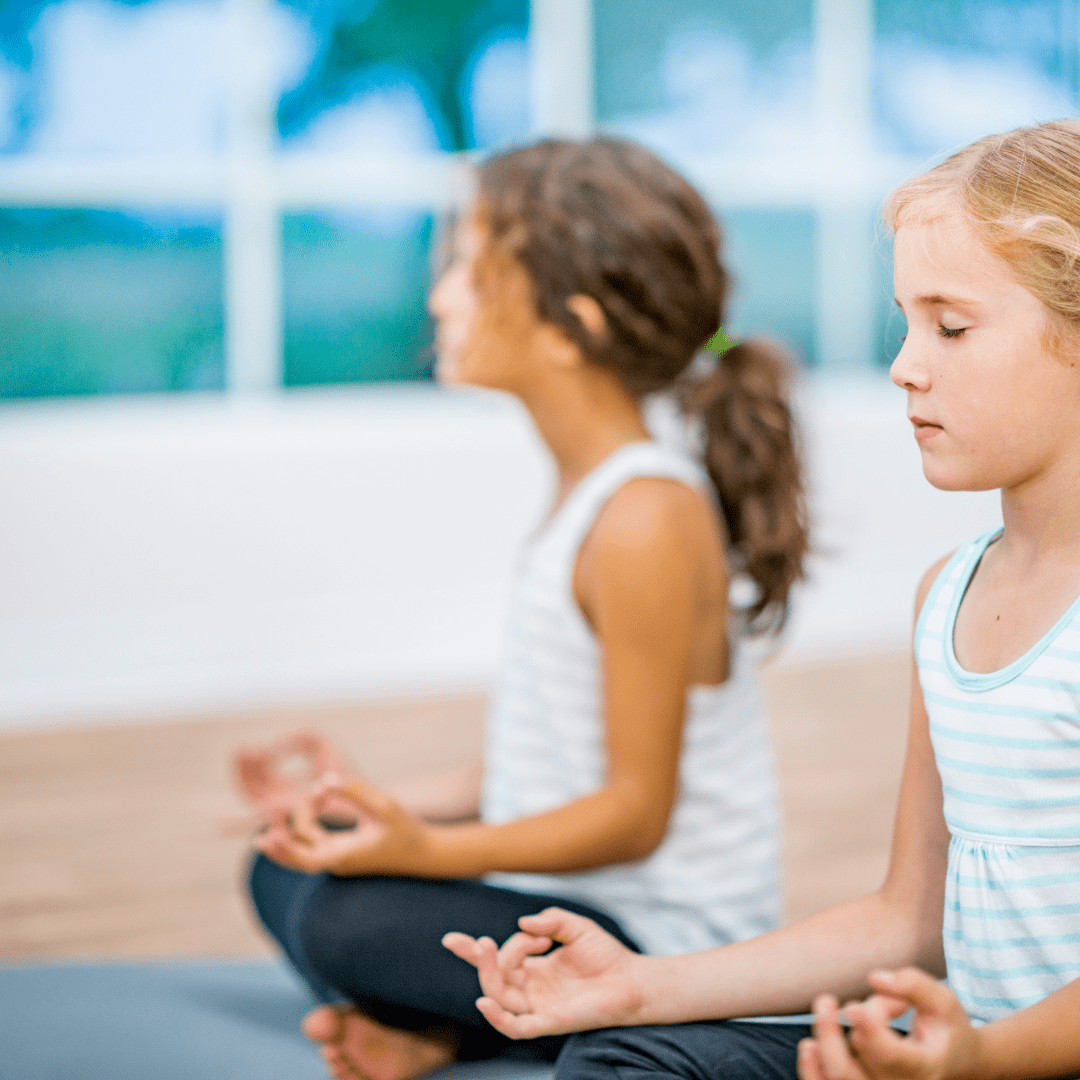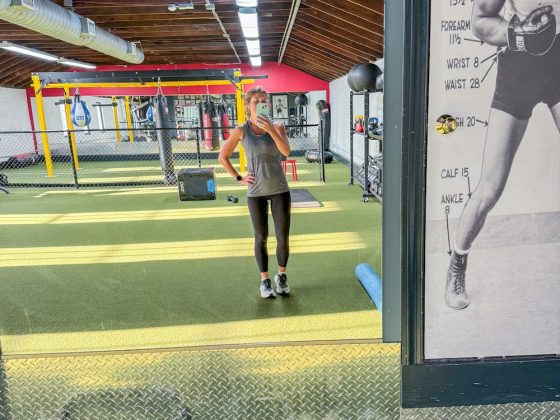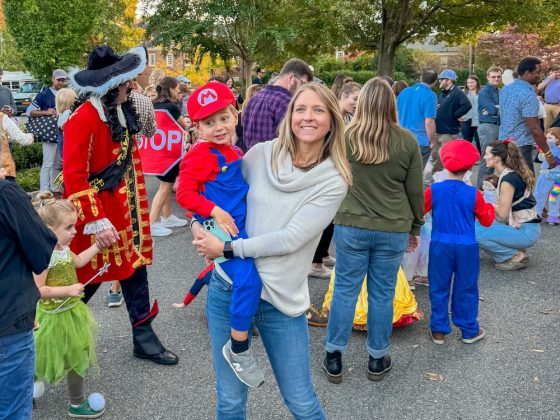With everything that has transpired over the last year, there’s no doubt that practicing mindfulness is more important—and helpful—than ever. Our typical routines have been thrown off, and although we’ve all tried our best to adapt to a new normal, there’s still a high level of uncertainty that abounds in our daily lives. While us adults can benefit from mindfulness as a tool to bring us back to the present and provide a sense of relief from feelings of anxiety and fearfulness—so can the kids in our lives. Keep scrolling to read more about mindfulness for children and some tips about how you can incorporate the practice into everyday life.
What is mindfulness?
Let’s start by taking a quick look at what exactly mindfulness is all about. According to mindful.org, mindfulness it the “basic human ability to be fully present, aware of where we are and what we’re doing, and not overly reactive or overwhelmed by what’s going on around us.” Seems quite straightforward, although we all know it can only take a split second for the mind to veer off into thought spiral and send us onto a mental hamster wheel that we just want to escape. The good news, though, is that with a bit of practice, mindfulness techniques can bring us back to the present and help reduce feelings of overwhelm. It’s a tool we all have the ability to access, and you can never be too young to learn how and benefit from it.
Benefits for little ones
Children—just like us—have likely experienced a sense of upheaval and an array of emotions throughout the past year. We also live in such a fast-paced world where it can be hard to simply take a moment, but it’s important kids learn how to do just that and slow down. “In a nutshell, parents should teach their kids mindfulness because there are so many positive ways it affects cognitive, physical, and emotional health,” notes Dr. Yvonne Thomas, Ph.D., a Los Angeles-based psychologist, whose specialties include self-esteem and anxiety. “And the younger a person is exposed to and learns new behaviors—such as mindfulness—the more these new behaviors can become engrained and practiced as a natural part of one’s life.”
Dr. Thomas adds that mindfulness can help children more comfortably deal with their emotions. “In essence, mindfulness helps kids to regulate and work through their feelings, and by doing so, both physical and emotional symptoms can be lessened or controlled such as accelerated heart rate, abdominal distress, shallow breathing, feeling on edge, being moody, etc.,” she points out. “Mindfulness can also help a child grow to become non-judgmental about his or her emotions, as well as learn to feel, accept, and process them.”
To the point about being non-judgmental, studies have shown that mindfulness might even help boost self-esteem due to the emphasis of self-acceptance. Dr. Thomas seconds this, stating that mindfulness can help kids feel more empowered because they see that they’re able to get control over their minds, bodies, and feelings, rather than be at the mercy of them. “These types of effects can build self-confidence in kids and help them feel more emotionally resilient since they are able to create a calm, peaceful mood and environment for themselves to be present in,” she explains. And as your child continues to grow, Dr. Thomas notes that mindfulness may help decision-making skills become more developed since it “puts an individual in the here and now, as opposed to getting muddled in the past or the future which can interfere with figuring out the most healthy solutions.”
Mindfulness activities
Here, Dr. Thomas offers a few effective mindfulness techniques for children you can try in the comfort of your own space:
- A handy and simple suggestion for introducing children to mindfulness is having them partake in guided meditations from a meditation app. These kinds of apps have a variety of meditations to choose from which can help keep a child engaged and interested as they work through exercises.
- One specific activity that an adult or parent can implement with kids from preschool age and up is to ask the child to close their eyes and count how many times a bell is rung over a few minutes. Then, the bell is periodically rung with silences of varying seconds or minutes in-between (after which the child will let you know how many times he or she heard the bell). This mindfulness exercise can make a child more comfortable with silences and increases focus.
- Another suggestion is called “progressive muscle relaxation” in which the child tenses different muscles in his or her body for about five seconds and then releases the muscle. This mindfulness technique provides an all-encompassing experience for the child since it incorporates his or her mind (through focus), body, and emotions. As the child becomes more familiar with this exercise over time, he or she can tense and relax muscles from the feet all the way up to the head. This particular approach is designed to help kids calm themselves down physically and emotionally by subconsciously relaxing muscles which might have become tense.
- Lastly, many of us are familiar with deep breathing as a mindfulness activity and it can be introduced to kids as young as three. This exercise uses fuller, calmer breathing to help cope with anxiety and stress. Ask the child to inhale, taking a deep breath from the stomach. Then, the child will hold the breath for a few seconds and slowly exhale back down to the stomach. The child can practice breathing like this for a few times at first and work their way up to doing the exercise for up to three to five minutes.










